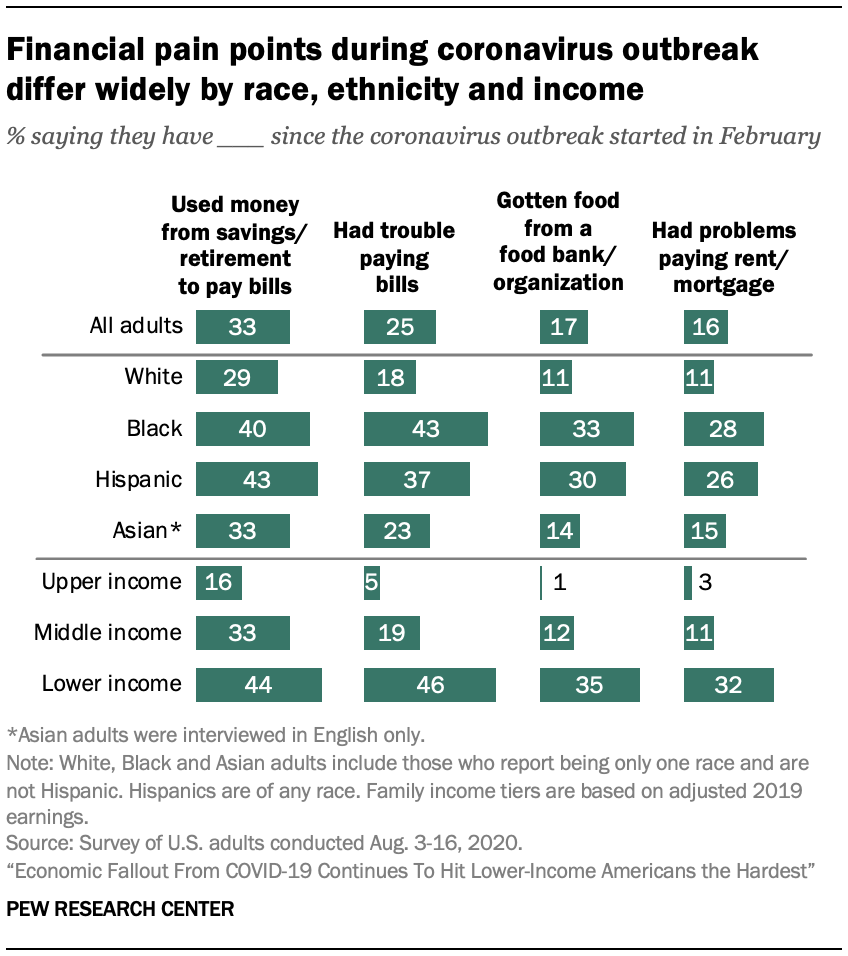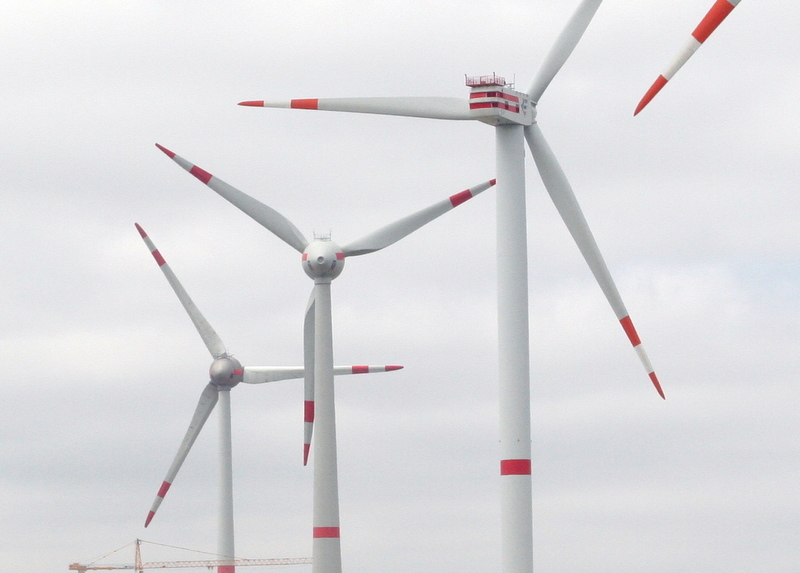
Harnessing Sustainability: A Guide on How to Harvest Green Energy
As the world grapples with environmental challenges, the imperative to shift towards renewable and sustainable energy sources becomes increasingly evident. This article serves as a comprehensive guide, outlining effective strategies on how to harvest green energy and contribute to a more sustainable future.
Understanding Green Energy Sources
Before delving into the practicalities, it’s essential to comprehend the diverse sources of green energy. These include solar power, wind energy, hydropower, geothermal energy, and biomass. Each source has unique characteristics and applications, and the choice often depends on geographical, environmental, and economic factors.
Solar Power: Capturing the Sun’s Energy
Solar power is one of the most accessible and widely utilized forms of green energy. Photovoltaic cells convert sunlight into electricity, providing a clean and abundant source of power. Installing solar panels on rooftops, in solar farms, or even on portable devices allows individuals and businesses to harness solar energy for various applications.
Wind Energy: Tapping into Wind Power
Wind turbines convert the kinetic energy of the wind into electrical power. Placing wind farms in areas with consistent wind patterns maximizes energy generation. Advances in wind turbine technology, including larger and more efficient designs, contribute to the scalability and effectiveness of wind energy as a sustainable power source.
Hydropower: Harnessing the Power of Water
Hydropower involves capturing the energy from flowing water to generate electricity. Whether through large dams or smaller run-of-river systems, hydropower is a reliable and versatile green energy source. Careful consideration of environmental impacts and ecosystem preservation is crucial when implementing hydropower projects.
Geothermal Energy: Tapping into Earth’s Heat
Geothermal energy utilizes the Earth’s internal heat for power generation. Geothermal power plants extract heat from the Earth’s crust to produce steam, which drives turbines connected to generators. This renewable energy source is particularly suitable for regions with geothermal reservoirs, offering a constant and sustainable power supply.
Biomass: Converting Organic Matter into Energy
Biomass energy involves converting organic materials, such as agricultural residues and wood, into biofuels or directly burning them for heat and power. While biomass can be a renewable energy source, sustainable practices are essential to ensure that the rate of biomass consumption does not exceed the rate of regeneration.
Efficient Energy Storage Systems
Efficient energy storage is a crucial component of a green energy system. Technologies such as advanced batteries, pumped hydro storage, and thermal energy storage enable the capture and utilization of energy when production exceeds demand. Energy storage enhances grid reliability and supports the integration of intermittent renewable sources.
Grid Integration and Smart Technologies
Integrating green energy into existing grids requires advanced technologies and smart infrastructure. Smart grids facilitate the efficient distribution of electricity, allowing for real-time adjustments based on demand and supply. Additionally, smart technologies enable consumers to monitor and optimize their energy usage, promoting energy efficiency.
Government Incentives and Policies
Government incentives and policies play a pivotal role in promoting the adoption of green energy practices. Subsidies, tax credits, and regulatory frameworks that encourage the development and use of renewable energy contribute to the economic viability of green energy projects. Governments worldwide are increasingly recognizing the importance of such incentives in the transition to sustainable energy.
Community Engagement and Education
Engaging communities and fostering awareness about green energy are integral aspects of sustainable practices. Community-led initiatives, educational programs, and public outreach enhance understanding and acceptance of green energy solutions. Empowering individuals to participate in the transition to sustainable energy fosters a collective commitment to a greener future.
Embracing a Sustainable Future
The journey towards harnessing green energy is a collective effort that involves technological advancements, policy support, and individual commitment. By adopting sustainable practices, utilizing green energy sources, and actively participating in the global movement towards a greener future, individuals and communities contribute to mitigating climate change and building a sustainable world.
Explore more about How to Harvest Green Energy at dearakana.my.id.




